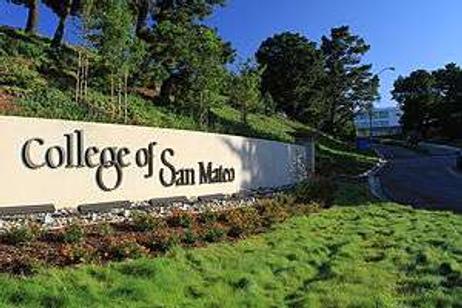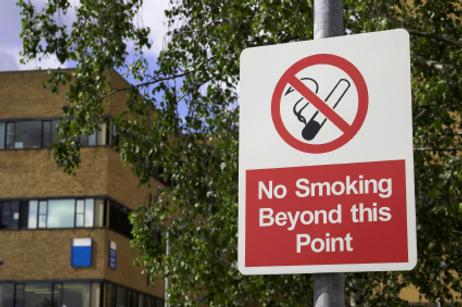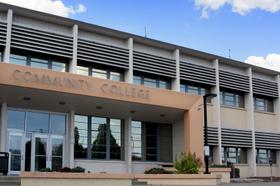The community college system in Massachusetts received a “double whammy” this month, with two different reports citing similar problems with the state’s schools. The first report was released by the Commonwealth Corporation and the second, released just a few days later, was completed by the Boston Foundation. Both reports found the statewide community college system to be lacking in terms of preparing Massachusetts residents for industries in demand throughout the state. The good news is that the reports also issued recommendations to make community colleges a better deal for state students.
The Commonwealth Corporation Report
The primary concern of the Commonwealth Corporation report, titled “Critical Collaboration,” was the fact that Massachusetts community colleges are not properly aligning their training programs with the specific needs of the healthcare industry, according to a report at Sentinel and Enterprise. Currently, healthcare is the number one industry throughout the Boston area, accounting for 19 percent of all of the jobs in the city. However, while healthcare jobs are abundant in Massachusetts, both students and employers are finding the community college network increasingly difficult to navigate for the purpose of preparing students for employment and providing employers with adequately trained healthcare workers.
According to the report, community colleges are not creating important standards that ensure sufficient academic performance from students. Despite the fact that more students than ever are graduating from community colleges in the state, those with degrees are not properly matched to the workforce needs of the





















